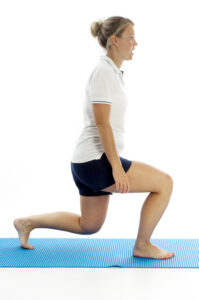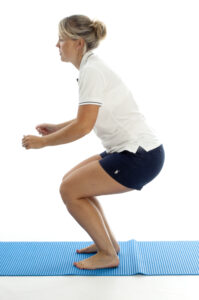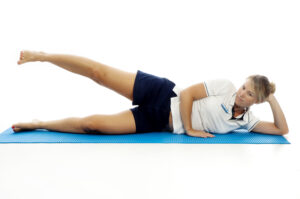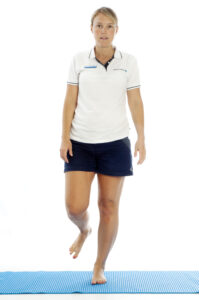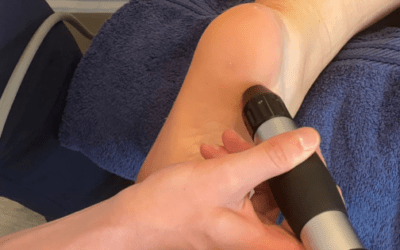Skiing is a very demanding activity and we often see people with skiing-related injuries. These range from a simple muscle strain to treatment for an extended period of rehabilitation following surgery resulting from a skiing accident.
We advise that people properly prepare before heading to the slopes. Today we will provide you with some simple exercises which can assist in preparing your muscles for your winter sports, and can help to reduce the risk of sustaining an injury.
Strength and control are key to be able to cope with the demands of skiing. The quadriceps (front of your thigh) and gluteal muscles (buttock muscles) are the most important muscles to focus on in preparing for skiing.
Below are some basic exercises that focus on developing the strength and control of the key muscles used during skiing. It is good to start doing these exercises now if you are thinking about going skiing or snowboarding this winter season.
Repeat these exercises 3-4 times per week. These are just a few exercises but they will help to get you strong and keep you going on the slopes.
If you experience any form of discomfort or pain during any of the following exercises, stop the exercise and see a physiotherapist for help.
Quadriceps strengthening (front of your thigh)
Lunges
Squats
Gluteal muscle strengthening
Side Leg Raise
This exercise helps strengthen the gluteal muscles to improve the muscle imbalance around the knee
Proprioception (balance and control)
Proprioception is our body awareness system which unconsciously tells us where our bodies are in relation to other objects and space. This is one of the best injury prevention exercises.


